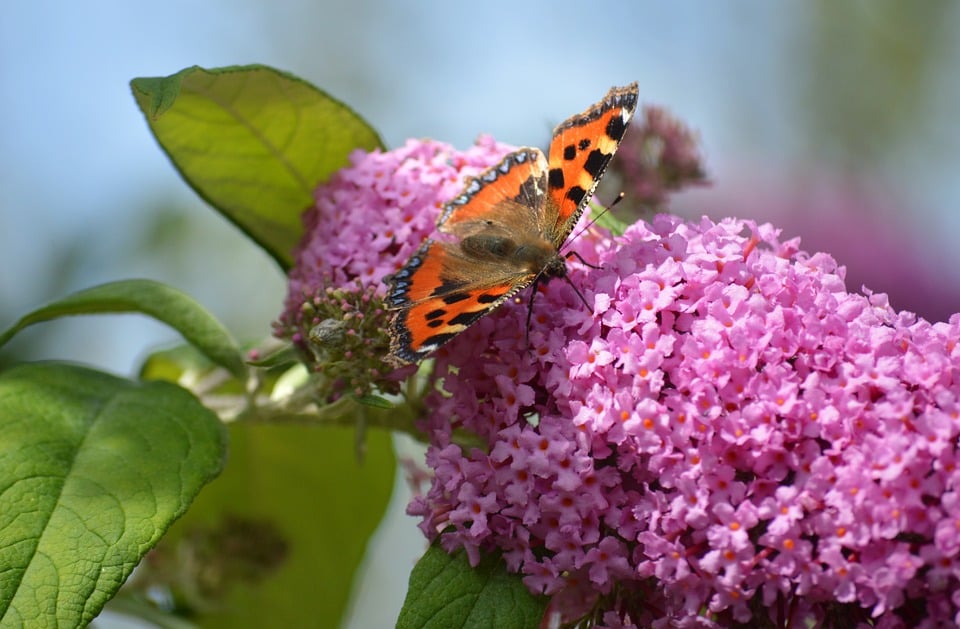In a world where technology and science dominate much of our daily lives, there is a growing movement of individuals who are reconnecting with ancient spiritual practices. These individuals identify as modern witches, drawing on the traditions of witchcraft and paganism to find meaning, empowerment, and community. In this article, we will explore the world of modern witches, hear from practitioners about their experiences, and delve into the history, current state, and future predictions of this fascinating and diverse community.
The History of Witchcraft
Witchcraft has a long and complex history, tracing back to ancient civilizations and evolving through different cultural and religious contexts. In Europe, the witch hunts of the early modern period led to the persecution and execution of thousands of individuals, mostly women, who were accused of practicing witchcraft. These hunts were fueled by superstition, fear, and misogyny, and have left a lasting impact on the perception of witches in popular culture.
However, modern witchcraft has its roots in the mid-20th century, with the emergence of movements such as Wicca and other forms of contemporary paganism. These movements drew on elements of pre-Christian European traditions, folklore, and ceremonial magic to create a new form of spirituality that emphasized nature worship, personal empowerment, and rituals for personal growth.
The Modern Witch: Who are They?
Modern witches come from all walks of life and backgrounds, united by their shared interest in witchcraft, magic, and spirituality. They may practice alone or in groups, and their beliefs and practices can vary widely depending on their individual preferences and traditions. Some modern witches identify as Wiccan, following the teachings of Gerald Gardner and other early pioneers of the Wiccan movement. Others may draw on eclectic traditions, blending elements of different spiritual practices to create their own unique path.
Common Practices Among Modern Witches:
– Casting spells and performing rituals for healing, protection, and manifestation
– Working with herbs, crystals, and other tools for magic and divination
– Honoring the cycles of the moon and the changing seasons
– Celebrating festivals such as Samhain, Beltane, and Yule
– Connecting with nature through meditation, trance work, and spiritual practices
The Rise of Modern Witchcraft
In recent years, there has been a resurgence of interest in witchcraft and magic, fueled in part by popular media, social media, and a growing sense of disillusionment with mainstream religions. Modern witches are finding community and support online, through social media platforms, forums, and websites dedicated to witchcraft and paganism. They are also coming together in person, forming covens, study groups, and events to celebrate their shared beliefs and practices.
Key Factors Contributing to the Rise of Modern Witchcraft:
– The popularity of TV shows, movies, and books featuring witches and magic, such as “Charmed,” “The Chilling Adventures of Sabrina,” and “Practical Magic”
– The accessibility of information and resources on witchcraft and paganism through the internet and social media
– A desire for spiritual fulfillment, personal growth, and connection to nature and the divine
– A rejection of patriarchal and hierarchical religious structures in favor of a more individualistic and egalitarian approach to spirituality
The Future of Modern Witchcraft
As modern witchcraft continues to grow and evolve, practitioners are facing new challenges and opportunities. They are grappling with issues such as cultural appropriation, ethical considerations in spellcasting, and the intersection of witchcraft with social justice movements. They are also exploring new ways to adapt traditional practices to a modern, digital world, using technology to connect with fellow witches, access resources, and share their knowledge and experiences.
Predictions for the Future of Modern Witchcraft:
– Greater diversity and inclusivity within the witchcraft community, with a focus on supporting marginalized voices and traditions
– Increased collaboration between modern witches and other spiritual communities, such as indigenous traditions and eco-spirituality
– The use of technology and social media to create virtual covens, online rituals, and digital spellcasting
– Continued growth and mainstream acceptance of witchcraft and paganism as valid spiritual paths
Conclusion
In conclusion, modern witchcraft is a vibrant and diverse spiritual movement that is growing in popularity and influence. Practitioners are finding meaning, empowerment, and community through their connection to ancient traditions and practices. Whether you are a seasoned witch or a curious newcomer, there is a place for you in this magical world of modern witchcraft. Thank you for joining us on this journey, and may your path be illuminated by the light of the moon and the wisdom of the earth.
For further exploration of modern witchcraft, we recommend checking out books such as “Drawing Down the Moon” by Margot Adler, “Witchcraft for Tomorrow” by Doreen Valiente, and “The Spiral Dance” by Starhawk. Blessed be!
